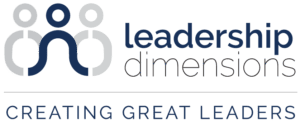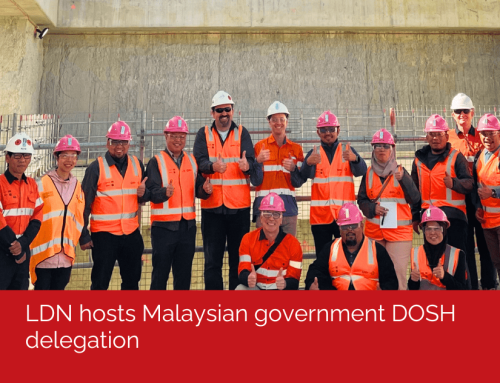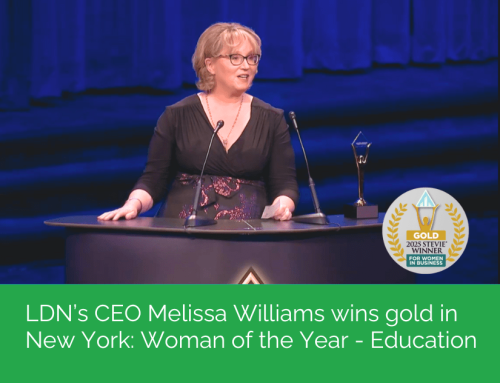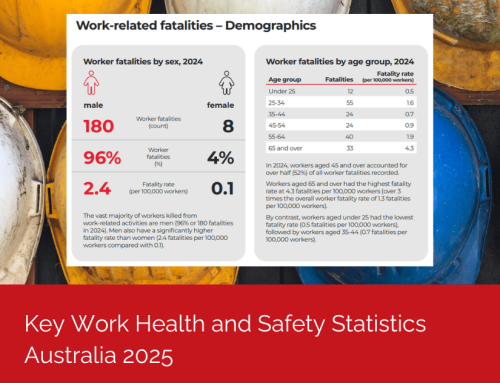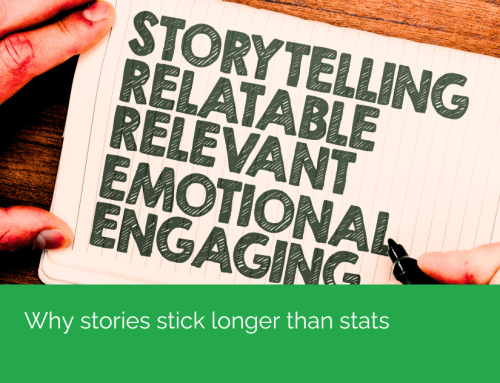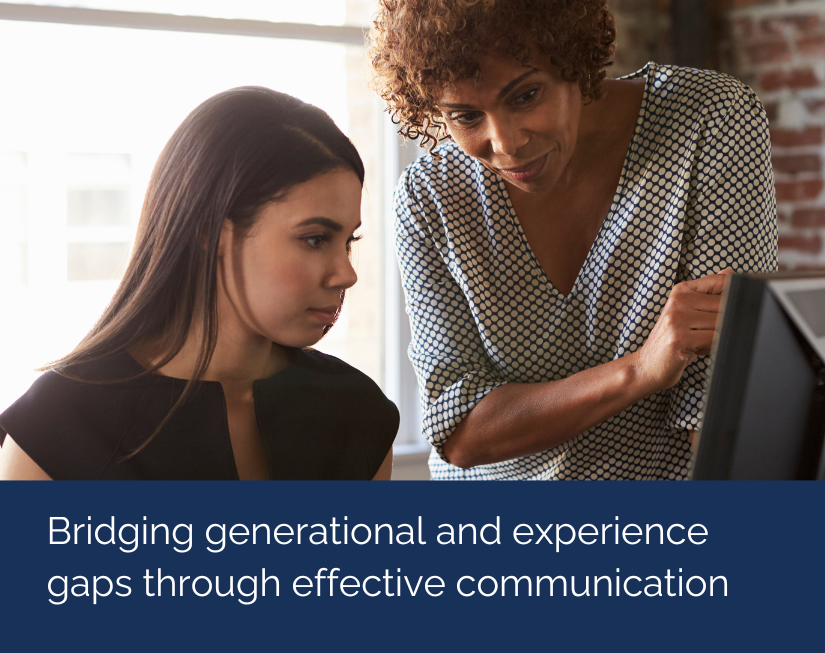
Supporting those new to your industry? Training unskilled workers to keep safe in high-demand industries or trying to find common ground across generations?
The key is effective communication.
The modern workplace is a blend of multiple generations, each bringing unique skills, needs, training experiences, and perspectives. This diversity can drive organisational success if managed effectively, but it also presents communication challenges. By focusing on effective communication, we can bridge these gaps and create a more, collaborative, competent and productive workforce.
The solution is effective communication
Bridging generational and experience gaps starts with effective communication. Key skills include active listening, clear and concise expression, and emotional intelligence. Adaptability—adjusting communication style for different audiences, providing constructive feedback, and using non-verbal cues like body language—are also essential for successful communication.
The Leading Communication training program
Leadership Dimensions offers the Leading Communication program designed to help bridge the generational and experience gaps in the workplace. Good communication is fundamental to strong leadership and this program helps leaders build the quality interpersonal skills essential for team development and individual influence. This program treats these skills as fundamental, aiming to improve productivity, and efficiency, and reduce miscommunication.
